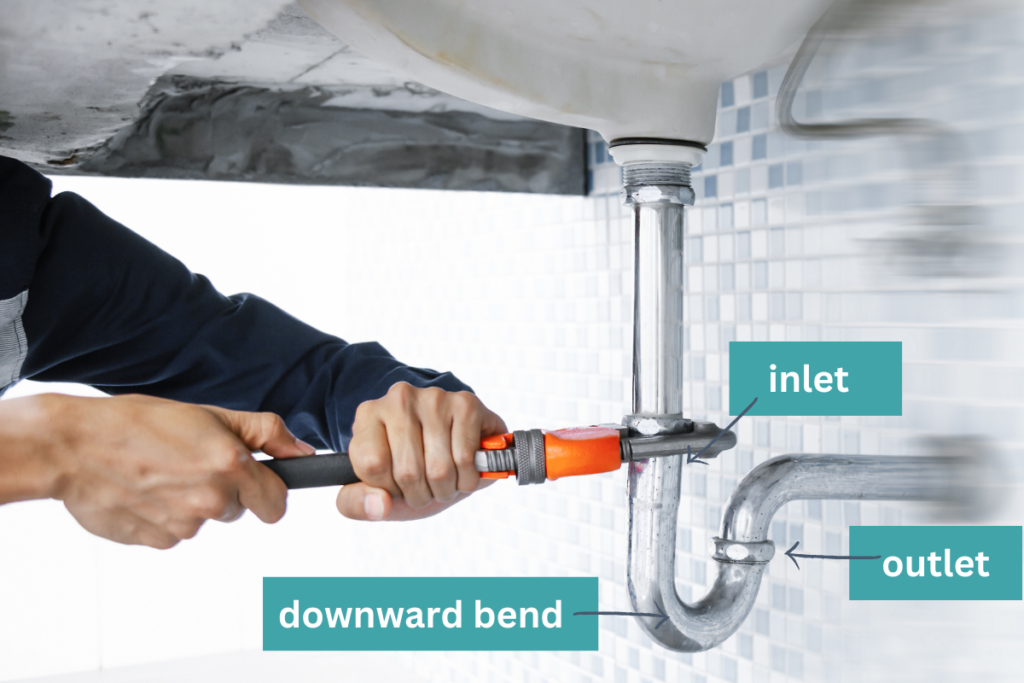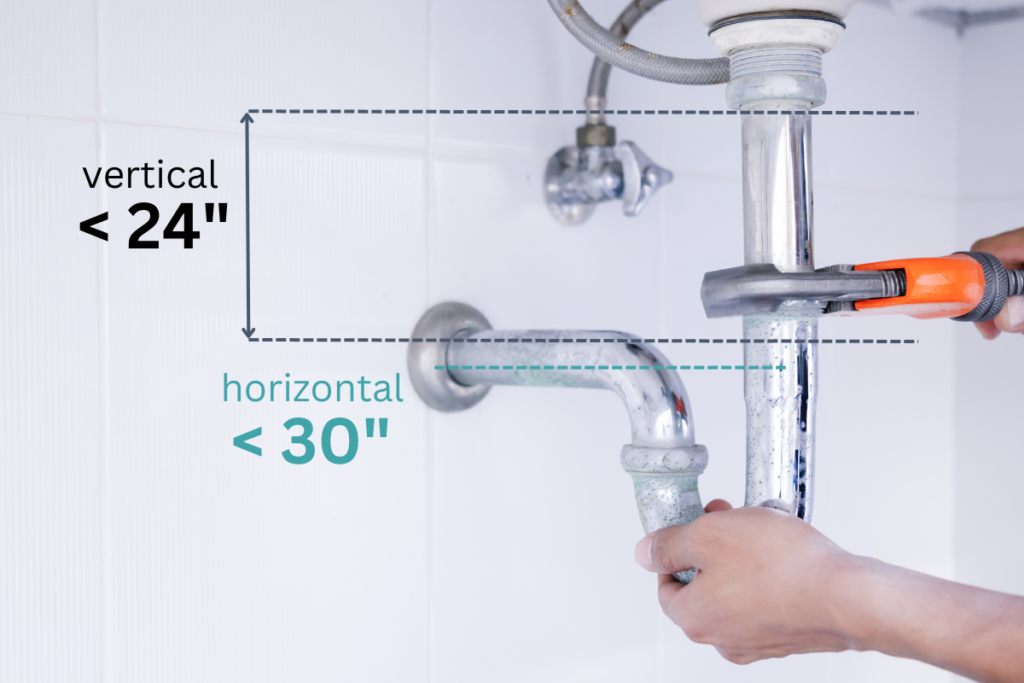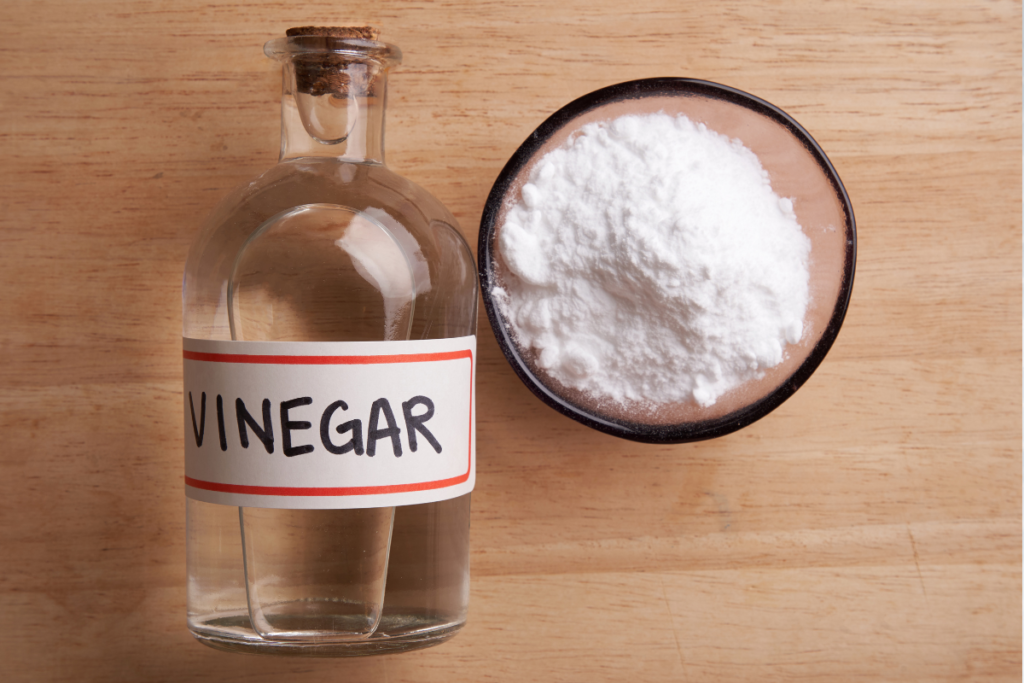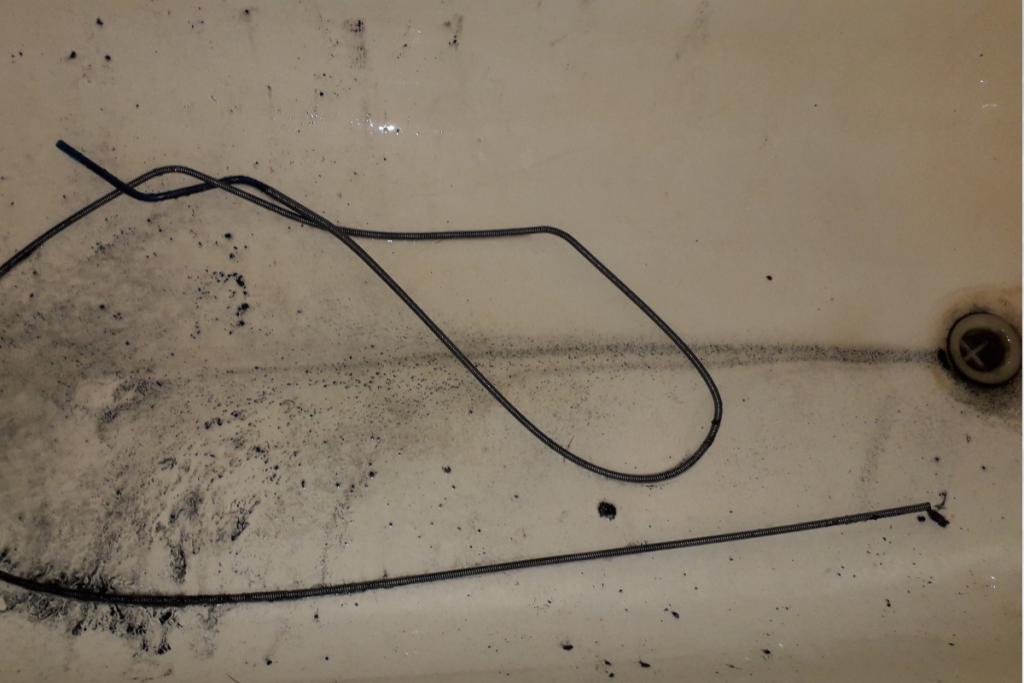Do Showers Need P-Traps? (With 2 Key Reasons Explained!)
You’ve probably seen p-traps every time you’ve opened the cabinet door under your kitchen or bathroom sinks even if you only think of it as a part of the seemingly endless lengths of plumbing running through your house. Do showers need p-traps as well?
U.S. building regulations require all showers to have p-traps, although the specifics may vary by location. A p-trap creates an airtight seal, preventing harmful sewer gasses from entering your shower space or living area. It also holds debris and small solids, keeping them from clogging the pipes deeping in the drain system.
Keep reading to learn more about what a p-trap is, why they are essential plumbing elements, and where yours is in regard to your shower.
Do showers need p-traps? (2 main reasons)
Every 3 years, the International Code Council (ICC) releases an updated version of the International Residential Code (IRC). While some state or local ordinances may vary, most building codes in the U.S. keep close to the IRC, and the regulations regarding p-traps are no different.
Like all other household drains, showers need to have p-traps, typically within a few feet of the drain. In addition to keeping your home up to code, p-traps perform two primary duties:
- Prevent harmful sewing gasses from entering your home
- Trap debris and other solid materials
While you may not think about your plumbing every day, it’s always working for you!
Prevent harmful sewing gasses from entering your home
Can you imagine living in a house that smells like sewage or rotten eggs? I don’t think I could do it!
One significant benefit of installing a p-trap in your shower drain is to prevent the harmful sewer smell from spreading into your home.
Remember that these filthy smells can also pose a health risk. Common sewer gasses to stay away from include ammonia, hydrogen sulfide, methane, and sulfur dioxide.
Overall, exposure to these gasses may cause nausea, pneumonia, headache, bronchitis, and fatigue, to name a few.
Is there black stuff coming out of your shower drain? It’s probably one of these four reasons.
P-traps trap debris and other solid materials
Imagine your expensive bracelet or your wedding ring going down the drain. Isn’t that frustrating? However, the good news is that a p-trap will help you retrieve it.
The p-trap catches any debris or solid materials that make their way into the drain line. In the shower, this is typically hair that slips through the drain cover.
While this may sound unappealing, preventing the solids from making their way further down the line can make any potential clogs easier – and much less expensive – to unclog or repair.
How do p-traps work?
Are you still wondering how p-traps eliminate the bad smell?
Basically, the downward bent (the curved part) of a p-trap creates a seal that prevents a foul sewer smell from spreading to your home.

Here are the parts that make up the anatomy of the shower p-trap:
- Inlet – The inlet is where your shower water drains to before running down the sewer or septic line.
- Downward bend – This part takes a u-shape or p-shape, and it’s usually the part where wastewater flows before reaching the sewer line. It usually holds a certain amount of water, and while doing so, it creates a barrier that prevents waste gasses from finding their way back to your bathroom or living space.
- Outlet – The outlet is the hindmost part of the p-trap that allows wastewater to drain into the sewer while holding larger particles.
Where is the p-trap in a shower drain?
P-traps are located under every drain line in your home, but they’re most obvious under sinks. The p-trap is the part of the drain that dips down before coming back up, and, if your kitchen cabinets look anything like mine, it’s located directly between the dishwasher detergent and the window cleaner. Shower drainage systems are a little less obvious.
In a shower drain, the p-trap is located beneath the shower pan, probably within a couple of feet.
The IRC recommends that the p-trap be within 24 inches horizontally and 30 inches vertically.

You can find the p-trap under the midpoint of the shower or adjacent to the shower drain. Note that if you install a p-trap far from the drain, the filthy sewer smell will draw back into your home.
Remember, if the distance between the gutter and the p-trap is too long, the more stinky your bathroom will be.
How far can the p-trap be from the shower drain?
The distance a p-trap needs to be from the shower drain may vary by your state and local ordinances, but the regulations are fairly consistent.
The exit portion of the p-trap should be within 24 inches (vertically) of the start of the drain pipe, and it should be within 30 inches (horizontally).
However, the closer the shower drain is to the p-trap, the better results. If p-traps are far from the shower drain, the chances are that the awful sewer smell will enter your home.
Speaking of bathroom plumbing, can a bathroom sink and shower share a drain?
Does a p-trap have to be directly below the shower drain?
Given that most people’s shower drainage systems are obscured by the base of the shower and the floor, you’ve probably never given much thought to where the p-trap below the shower drain might be. Does it go straight down?
The p-trap may not be directly below the shower drain, although it should be as close to the drain as possible. The maximum recommended distance is 30 inches away.
The closer the p-trap is to the drain, the easier it will prevent bad smells from going back to your home. Moreover, it’ll make cleaning easier.
How to clean clogged shower p-trap
Occasionally a p-trap gets clogged; in fact, that’s practically the point of it. Collecting all of the potential clogging agents in a single – easily accessible – place makes it easier to clean when the necessity arises.
When too much dirt, gunk, hair, and calcium render the p-trap less effective water starts draining more slowly. To clean the p-trap, you have two basic options: remove the p-trap, or don’t remove the p-trap.
Removing the p-trap is difficult in most showers, so we’ll focus more on cleaning options that don’t require removal.
By removing the p-trap
Some showers allow you to lift out the drain or even the adjacent tiles for easily cleaning and maintenance.
If you’re able to remove the p-trap, follow these steps to clean it out:
- Locate the p-trap on your shower floor. It’s usually close to the drain area.
- Remove the tiles above the p-trap.
- Once you find the p-trap, position a bucket underneath it to avoid water spills.
- Disconnect the p-trap from the outlet pipe
- Soak it in a solution of baking soda and white vinegar for about 15 minutes.
- Use a brush to clean it and rinse it using clean water.
- Reconnect the p-trap and ensure all fittings are tight.
If you’ve ever cleaned the p-trap under your kitchen or bathroom sink, the process is exactly the same, if a little less accessible.
Without removing p-trap
For most showers, you’ll need to either clean your p-trap without removing it or call in a professional.
To clean your p-trap, you’ll need to use one of the following:
- Baking soda and vinegar mixture
- Enzyme-based drain cleaner
- Snake augur
Let’s take a look at each of these cleaning methods in detail.
Baking soda and vinegar direct pour
Baking soda and vinegar are both popular natural cleaning products, and, when combined, they can clean most simple household stains or clogs.

To clean a clogged shower with baking soda and vinegar:
- Use a 2 to 1 ratio of white vinegar to baking soda. Start with 1 cup of white vinegar to ½ cup of baking soda. These chemicals create an immediate reaction, so don’t mix them before you’re reading to pour them down the drain.
- Sprinkle the baking soda on top of the drain. I recommend getting it as close as possible. If some goes down the drain, that’s fine – that’s where you want it anyway.
- Pour the vinegar down the drain. The vinegar will react with the baking soda to create a cleansing foam.
- Cover the drain and allow to sit for 15 minutes.
- Run hot water down the drain.
This method is excellent for general maintenance but is less effective if the clog has set in to the point that the shower isn’t draining at all.
Enzyme-based drain cleaner
While most chemical cleaners effectively clean the p-trap and shower in general, they can be too strong for plumbing work. So, if you are looking not to damage your pipes, use an enzyme-based cleaner.
Enzyme-based cleaners are not as fast-acting as alkaline cleaners, but they will do less damage to your plumbing system. Follow all the directions listed on your cleaner.
If you are looking for a natural drain cleaner, you can buy the Bio-Clean Drain Cleaning Kit.
Snake auger
At some point or another, most homeowners will deal with a badly clogged drain that chemical cleaners just can’t fix. If you’re not ready to call in a plumber, it might be worth investing in a plumbing snake. Not only will it unclog your p-trap, but you can also use it to unclog almost all your home drains.
The good thing about snake augers is that they are flexible to reach the curves of the p-trap, thus effective in dislodging the dirt and gunk buildup.

It’s essential, however, to wear protective gear when using snake augers to avoid injuries.
Can a shower p-trap wear out?
P-traps will naturally wear out as they are exposed to too much dirt and gunk.
Ideally, you should monitor your p-trap and replace it when it becomes permanently clogged or generally worn out.
Given that shower p-traps fit under the shower drain, which is not easily accessible, replacing a shower p-trap is not as easy as replacing a sink p-trap. For this reason, you should always replace your shower p-trap when renovating the bathroom flooring.
Are there any alternatives to a shower p-trap?
Remember, a p-trap is necessary for preventing sewer odor and clogging in your shower line. That, however, doesn’t mean that it’s the only fixture that can do the job. Its advantage over others is that it’s more efficient and cost-effective.
However, in case you forget to install a p-trap, you can opt for a HepVo Valve.
This waterless valve keeps the foul air from getting into your home. It is also ideal for more tight spots like under the shower drain because it is smaller than the p-trap.
Final thoughts on shower P-traps
Just like with all other drainage systems in your home, showers need to have p-traps.
P-traps serve a dual purpose:
- To collect dirt and debris that passes through the drain and prevent it from getting trapped further down in your pipes, or from entering your septic or the city’s sewage systems
- To prevent unpleasant and potentially dangerous sewage fumes from entering your home
If your shower is starting to drain slowly, use a baking soda and white vinegar mixture to loosen the clog before it becomes a larger problem. If the drain is completely backed up, try an enzyme-based drain cleaner or a snake augur.
Let Us Know How We’re Doing!
Did this expertly prepared resource answer your question?
Do you have another question about home maintenance, home improvement projects, home appliance repair, or something else?
Get more information, send in questions and keep the discussion going by contacting the I’ll Just Fix It Myself company customer service team at at 1-800-928-1490 or Email us at [email protected]
